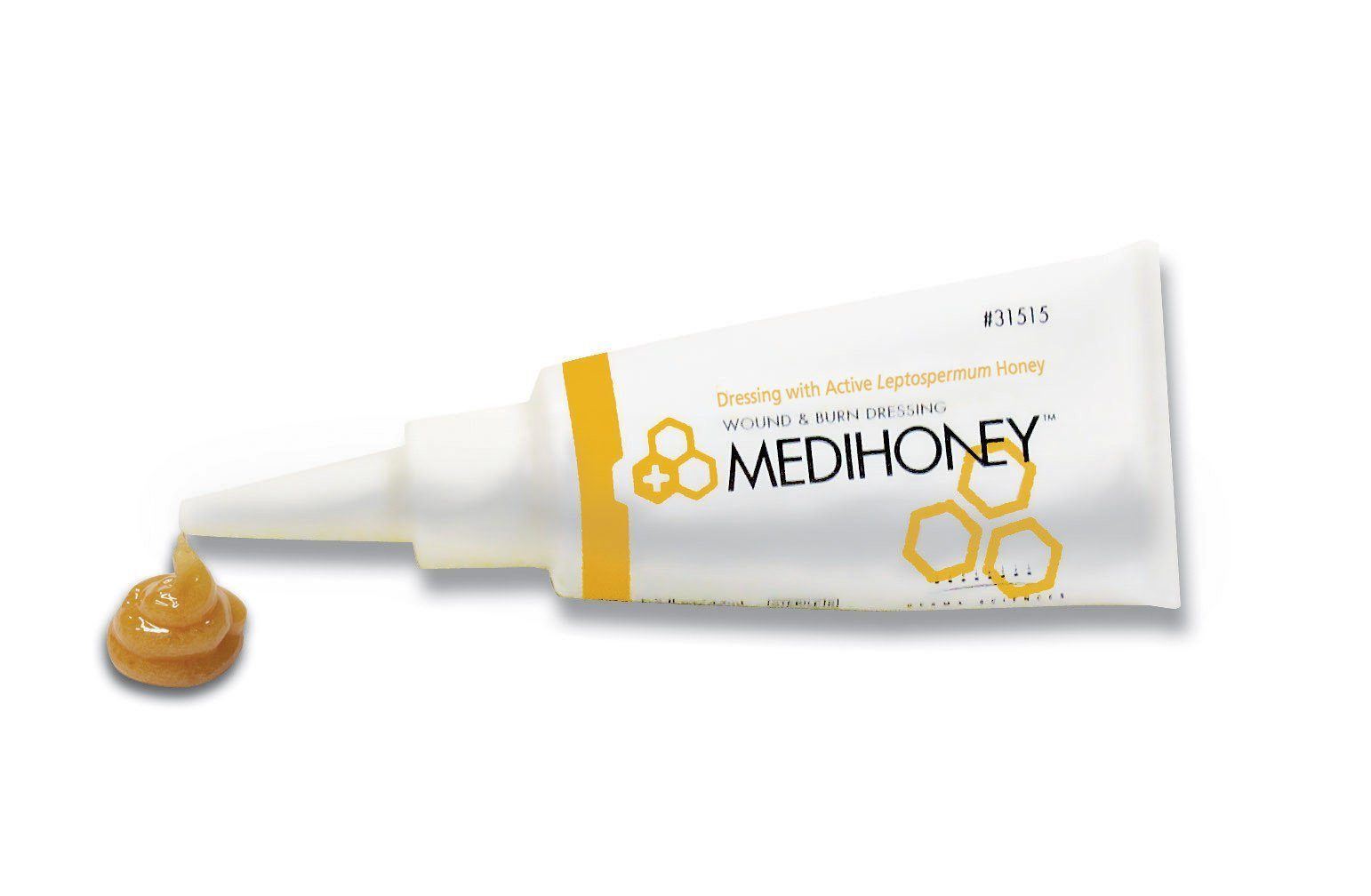You may be lying in the sun, or you could be cooking dinner, no matter where you receive one, burns are a common but very painful injury. Everyone is confronted with a minor burn on a daily basis, so it is good to know how to properly treat a first and second degree burn. But keep in mind that there is a huge difference between a first degree burn and fourth degree burn. A major degree burn may require medical attention to prevent infection and to also ease the severity of the burn. Before treating a burn at home you should first determine what kind of –degree—burn you have suffered. If the burn is a first or second degree burn follow these four steps below:
1.) Run cool water over the burned area.
If you have a first or second degree burn, run cool water over the burned area for at least 15 minutes.
2.) Cover the area with a bandage.
Use a medihoney dressing or gauze to protect the burn from dirt and infection. Try not to use a fluffy material that will stick to the wound and may cause infection.
3.) Take a pain reliever.
Any of the over-the-counter pain relievers should work to provide relief, but use caution when giving a pain reliever to a child or teenager.
4.) Check on a daily basis for signs of infection.
While infection is uncommon with minor degree burns, it is possible for blisters to occur. If so, do not pop, apply a loose bandage and wait for it to heal on its own.
Keep in mind that you should see a doctor immediately if you have received a third or fourth degree burn. Even minor burns can have a serious effect on your body; if there is an uncontrolled pain or weakness you should seek medical attention.
Sources
Complications of Burns & Scalds


